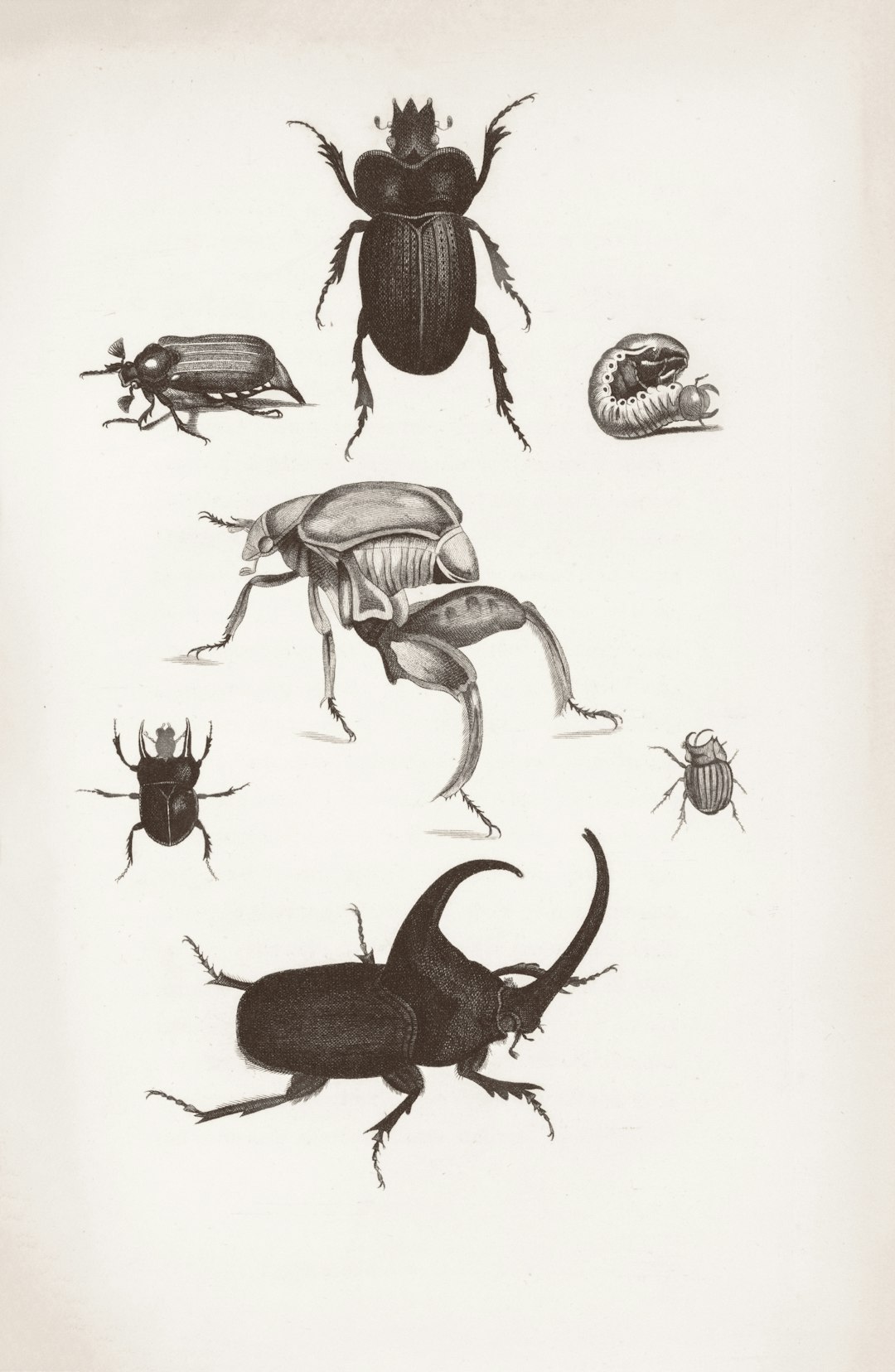Conquering Flea Beetles in Your Garden: A Beginner's Handbook

Flea beetles can be a real nuisance in the garden, causing significant damage to a wide variety of plants. These tiny insects, often less than 1/16 inch long, are known for their ability to jump like fleas when disturbed. In this guide, we'll take a closer look at how to identify, treat, and prevent flea beetle damage in your garden, even if you're just starting out as a gardener.
Identifying Flea Beetles
The first step in dealing with flea beetles is to correctly identify them. Flea beetles come in different colors, including black, brown, and metallic blue or green. They have large hind legs that allow them to leap great distances relative to their size. The damage they cause is also distinctive. You'll notice small, round holes in the leaves of your plants, which can give the foliage a shot - hole appearance. This damage is most commonly seen on young seedlings and new growth, as flea beetles prefer tender plant parts.
Some of the plants that are particularly susceptible to flea beetles include brassicas (such as cabbage, broccoli, and kale), tomatoes, potatoes, and eggplants. If you see small, jumping insects around these plants and notice the characteristic leaf damage, it's likely that you're dealing with flea beetles.
Treating Flea Beetle Infestations
Once you've identified a flea beetle infestation, there are several treatment options available. One of the most effective and environmentally friendly methods is the use of floating row covers. These lightweight, breathable fabrics can be placed over your plants to physically block the flea beetles from reaching them. Make sure to secure the edges of the row covers tightly to prevent the beetles from getting underneath.
Another option is to use insecticidal soaps or neem oil. Insecticidal soaps work by suffocating the flea beetles, while neem oil disrupts their feeding and reproductive cycles. When using these products, it's important to follow the instructions on the label carefully. Apply them in the early morning or late evening when the temperatures are cooler and the plants are less likely to suffer from any potential damage.
For more severe infestations, you may consider using a chemical insecticide. However, this should be a last resort, as chemical insecticides can also harm beneficial insects in your garden. If you do choose to use a chemical insecticide, make sure it's specifically labeled for flea beetles and follow all safety precautions.
Preventing Flea Beetle Damage
Prevention is always better than cure when it comes to garden pests. One of the best ways to prevent flea beetles is to practice good garden hygiene. Remove any plant debris at the end of the growing season, as flea beetles can overwinter in this material. Rotate your crops each year to disrupt the flea beetles' life cycle. For example, if you grew brassicas in one area of your garden last year, plant a different family of vegetables there this year.
You can also attract beneficial insects to your garden that will help control flea beetles. Ladybugs, lacewings, and parasitic wasps are natural predators of flea beetles. Planting flowers such as marigolds, nasturtiums, and alyssum can attract these beneficial insects. These flowers not only add beauty to your garden but also serve as a natural pest control mechanism.
Additionally, consider using companion planting. Some plants, such as garlic and onions, are known to repel flea beetles. Planting these alongside your susceptible crops can help keep the flea beetles at bay.
In conclusion, dealing with flea beetles in your garden doesn't have to be a daunting task. By learning how to identify them, using appropriate treatment methods, and implementing preventive measures, you can protect your plants and enjoy a healthy, thriving garden. Remember, patience and consistency are key when it comes to pest control in the garden. With a little effort, you can overcome the challenge of flea beetles and create a beautiful and productive garden space.